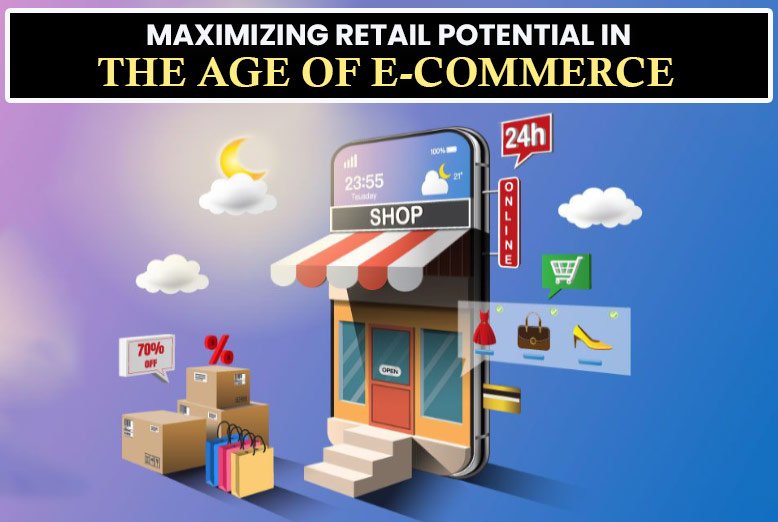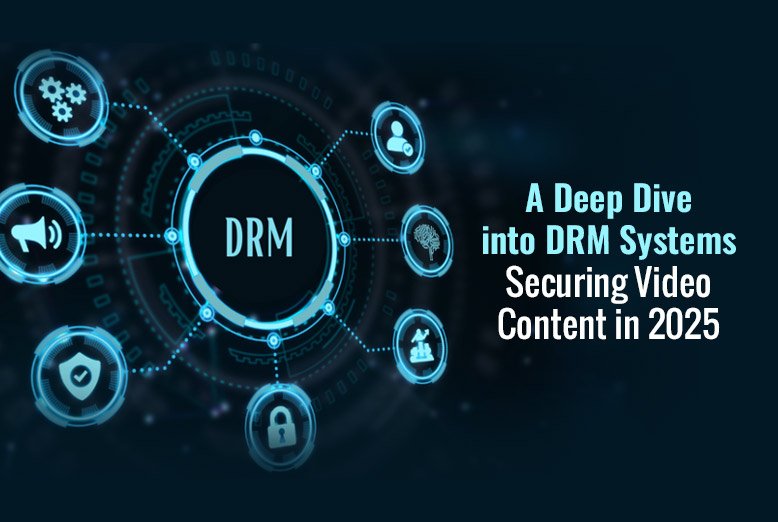In the realm of retail, the rapid evolution of e-commerce has significantly altered consumer behavior. Shoppers today seek not only products but experiences that are seamless, personalized, and convenient. Retailers must respond by recognizing these changing preferences and adapting their strategies accordingly. The integration of digital technology in shopping experiences has become not a luxury, but a necessity. It’s about offering more than products; it’s about crafting a journey that resonates with the modern consumer.
Furthermore, the shift towards omnichannel shopping demands that retailers balance their online and offline presences. While e-commerce offers unmatched convenience, physical stores provide a tangible, personal interaction with the brand. The challenge lies in creating a harmonious blend of both, ensuring a consistent and engaging customer experience across all platforms.
Lastly, consumer loyalty now hinges on more than just product quality and price; it’s about the values and stories that a brand embodies. Retailers must articulate these elements effectively across their marketing channels. It’s a shift from selling products to selling an ethos, where every interaction contributes to a broader narrative that appeals to the customer’s values and lifestyle.
The Omnichannel Imperative
Omnichannel retailing has transformed from a buzzword to a fundamental business need. This approach breaks down the silos between online and physical stores, ensuring a fluid, cohesive shopping experience. Retailers must develop strategies that allow customers to transition effortlessly between different channels. This includes integrating inventory systems, offering flexible delivery and return options, and maintaining consistent brand messaging across all touchpoints.
Personalization plays a critical role in omnichannel strategy. By leveraging customer data, retailers can create targeted experiences that resonate on a personal level. This could range from personalized product recommendations to customized marketing communications. The key is to use data intelligently to anticipate customer needs and preferences, thereby fostering a sense of understanding and care.
Investing in the right technology is crucial for an effective omnichannel strategy. Retailers must equip themselves with robust e-commerce platforms, advanced CRM systems, and efficient logistics solutions. The technology should not only support current operations but also be scalable to adapt to future market changes and consumer behaviors.
Harnessing Data Analytics
In today’s retail environment, data analytics is the cornerstone of strategic decision-making. With the vast amount of data generated by consumer interactions, retailers have the opportunity to gain deep insights into customer behavior and preferences. This involves moving beyond basic transactional data to analyze browsing patterns, social media interactions, and customer feedback.
The use of analytics enables retailers to tailor their offerings more effectively. By understanding customer preferences, retailers can optimize their product assortments, pricing strategies, and promotional activities. This targeted approach not only improves customer satisfaction but also enhances operational efficiency and profitability.
However, the power of data extends beyond personalization. It also plays a vital role in predicting market trends and identifying potential growth opportunities. Retailers can use predictive analytics to anticipate future consumer needs, enabling them to stay ahead of the curve. In a rapidly changing retail landscape, the ability to quickly adapt based on data-driven insights can be a significant competitive advantage.
Innovative Customer Engagement Strategies
Engaging customers in the digital age requires more than traditional advertising; it calls for creativity and an understanding of the platforms where customers spend their time. Social media has emerged as a powerful tool for connecting with customers. Through compelling content, interactive campaigns, and influencer partnerships, retailers can build a strong online presence that resonates with their target audience.
Customer engagement is also about creating memorable experiences. Innovative initiatives like virtual showrooms, augmented reality applications, and interactive online events can elevate the shopping experience, making it more engaging and immersive. These technologies not only captivate customers but also provide a new avenue for showcasing products and services.
Moreover, engagement extends to after-sales service. Providing excellent customer service, actively seeking feedback, and responding promptly to inquiries can significantly enhance customer loyalty. This is where a partner like SupportZebra can be invaluable. Their expertise in offering comprehensive outsourced call center solutions, particularly their use of AI technology, can help e-commerces manage customer interactions more efficiently and effectively. Such partnerships enable retailers to maintain high standards of customer service, which is crucial in building long-term customer relationships.
Logistics and Supply Chain Optimization
Efficient logistics and supply chain management are vital in the e-commerce era. The ability to deliver products quickly and reliably is a key determinant of customer satisfaction. Retailers must invest in advanced logistics solutions that enable them to manage their inventory effectively, process orders swiftly, and ensure timely delivery.
Technology plays a significant role in optimizing the supply chain. Implementing systems for real-time inventory tracking, automated reordering, and predictive logistics can significantly reduce operational costs and improve service levels. Retailers should also consider partnerships with reliable logistics providers to expand their delivery capabilities and reach.
Environmental concerns are increasingly influencing consumer choices. Retailers must thus adopt sustainable logistics practices, such as reducing packaging waste and optimizing delivery routes to minimize carbon footprints. This not only demonstrates a commitment to sustainability but also aligns with the growing consumer demand for environmentally responsible brands.
Building a Sustainable Brand
Sustainability in retail goes beyond environmental responsibility; it encompasses social and economic aspects as well. Consumers are increasingly conscious of the impact of their purchases, and retailers must align with these values to remain relevant. This involves adopting sustainable practices in sourcing, manufacturing, and distribution. By doing so, retailers not only contribute to environmental preservation but also build a brand that resonates with socially conscious consumers.
Transparency is key to sustainability. Retailers should openly communicate their sustainability efforts and achievements to their customers. This can be done through marketing campaigns, product labeling, and corporate social responsibility reports. Being transparent about sustainability efforts helps build trust and strengthens the brand’s credibility.
Furthermore, engaging with customers on sustainability initiatives can create a sense of community and shared values. Retailers can involve customers in their sustainability journey through initiatives like recycling programs, community events, and collaborative projects. This not only reinforces the brand’s commitment to sustainability but also deepens customer engagement and loyalty.
Adapting to a Changing Retail Landscape
Finally, maximizing retail potential in the age of e-commerce requires a multifaceted approach. Retailers must be nimble, embracing technological advancements, innovative engagement strategies, and sustainable practices. The ability to adapt to changing consumer behaviors and market conditions is crucial for long-term success.
Retailers should view the shift towards e-commerce not as a challenge but as an opportunity to innovate and grow. By leveraging data analytics, optimizing omnichannel strategies, and focusing on customer engagement, retailers can create compelling shopping experiences that drive growth and customer loyalty.
Ultimately, the future of retail lies in creating value for customers beyond the mere transaction. It’s about building relationships, fostering communities, and being a responsible corporate citizen. Retailers who can navigate this complex landscape with agility and foresight will emerge as leaders in the age of e-commerce.
Also Read: How To Leverage E-Commerce Strategies To Drive Online Business?















